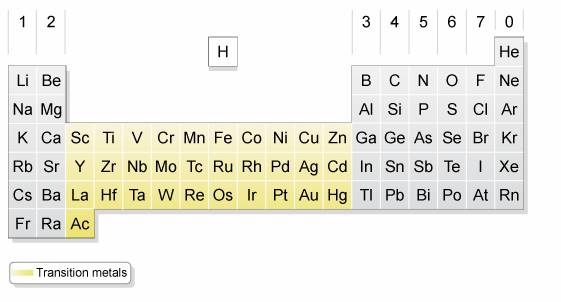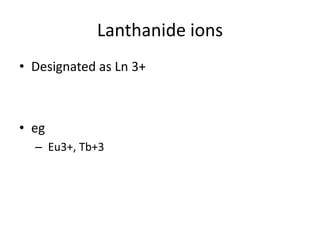
So, transition metals are less reactive than alkali metals and alkaline-earth metals are. The atoms of transition metals do not give away their electrons as easily as atoms of the Group 1 and Group 2 metals do. What is wrong about transition? Why are transition metals less reactive than alkali metals? Platinum is the least reactive of all the options. The two most reactive groups of elements are the alkali metals and the halogens because of their valence electrons.


Group 1 metals are the most reactive metals as they have only one electron in their outer shell which is easy to lose. This is the most stable arrangement of electrons, so noble gases rarely react with other elements and form compounds.įluorine (F) is the most reactive metal. That’s because they have eight valence electrons, which fill their outer energy level. Noble gases are the least reactive of all elements. It is due to the presence of unpaired electrons in their atoms/ions. Transition metals are not generally diamagnetic Infact most of the transition metals are paramagnetic or ferromagnetic. Complete answer: Platinum is the least reactive of all the options. Hint: Platinum is one of the rare metals on earth and is also called the noble metal as it is not found in combined states in natural surroundings. Which of following is the least reactive metal?Ĭalcium. Scandium has the electronic structure 3d14s2. On the basis of this definition, scandium and zinc do not count as transition metals – even though they are members of the d block. They are found in nature.Ī transition metal is one that forms one or more stable ions which have incompletely filled d orbitals. Silver, gold, and platinum are metals with the least reactivity. What is the least reactive transition metal? This makes alkaline Earth metals with their two valence electrons less reactive than alkali metals with their one valence electron. When valence electrons are farther from the nucleus, they are attracted less strongly by the nucleus and more easily removed from the atom. Why are transition metals less reactive than alkali? The metals designated as the transition metals in the periodic table are much less reactive, and metals such as gold and platinum prop up the bottom of the series, exhibiting little in the way of chemical reaction with any everyday reagents.

Finally, Chapter 7 describes the selective and stoichiometric reduction of aromatic and aliphatic nitro groups by photoreduced titanium dioxide nanoparticles in acidic aqueous solutions. Chapter 6 highlights the large kinetic barrier for ketone reduction or oxidation by titanocene(III/IV) and the hydrogen atom donor/acceptor, tBu3ArO(-H).

The 2,6-unsubstituted 4-nitro-phenol binds through the phenoxide resonance form. With the bulky 2,6-disubstituted 2,6-di-tert-butyl-4-nitro-phenoxide, coordination to either metal occurs through a nitronate resonance form. Chapter 5 discusses the coordination chemistry of + and + with 4-nitro-phenols. From these studies, we conclude driving force is not a primary predictor for copper/radical alcohol oxidation. Treating these complexes with stable radicals such a tBu3ArO* (2,4,6-tri-tert-butyl-phenoxyl) did not result in alkoxide oxidation despite having a large driving force. Chapter 4 describes the preparation of several + (TptBu = hydro-tris(3-tert-butyl-pyrazolyl)borate) and + (TptBuMe = hydro-tris(3-tert-butyl-5-methyl-pyrazolyl)borate) alkoxide compelxes as models for potential intermediates in copper/radical alcohol oxidation catalysis. Chapter 3 describes the preparation, structural characterization and thermochemistry of a previously unreported stable organic radical, tBu2NPArO* (2,6-di-tert-butyl-4-(4'-nitrophenyl)phenoxyl). Chapter 2 describes the catalytic disproportionation of a hydroxylamine by (TMP)FeIII-OH (TMP = meso-tetramesityl porphyrin) and some of the radical reactions that make up the catalytic cycle.
TRANSITION METALS REACTIVITY FREE
Chapter 1 provides an introduction to transition metal reactivity involving organic free radicals. The work presented in this dissertation describes the free radical reactivity and thermochemistry of several different transition metal systems with stable organic radicals. Because of their prevalence, there is a fundamental interest in better understanding these types of reactions to fully realize their potential for new applications. Reactions involving transition metals and organic free radicals are critically important in a variety of chemical and biological processes.


 0 kommentar(er)
0 kommentar(er)
